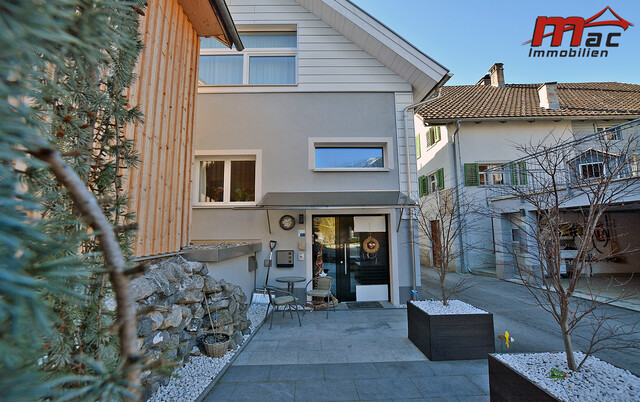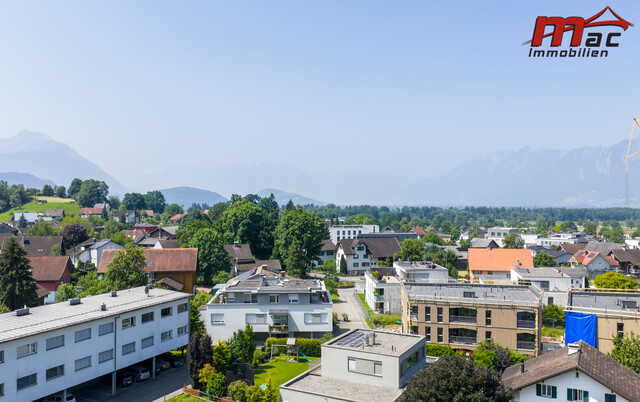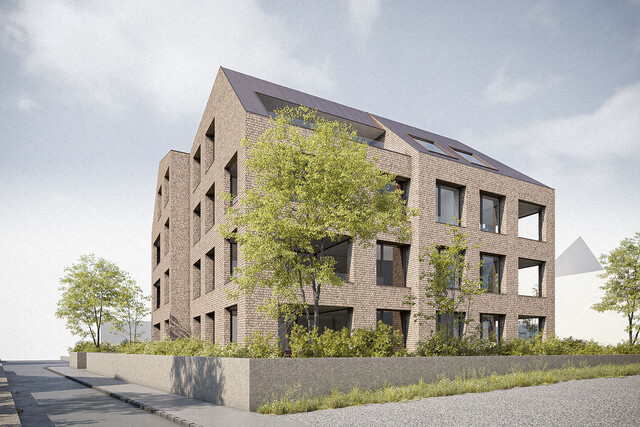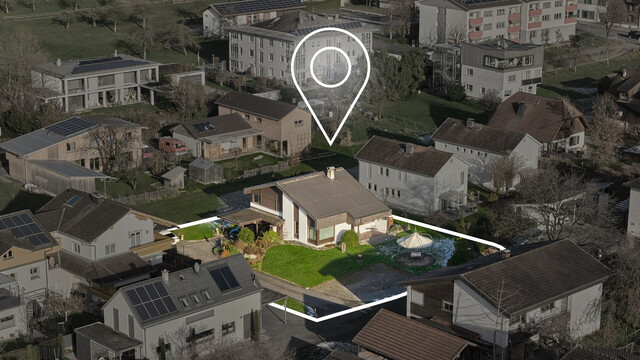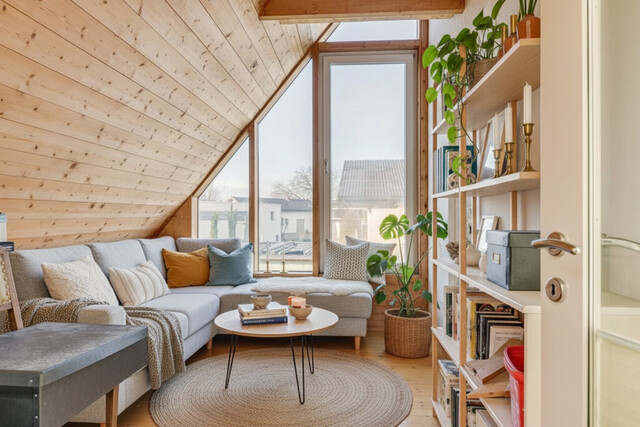Vienna Election 2025: This is How Voting Took Place Around the Subway Stations

The subway in Vienna not only connects the different districts but also the different electoral worlds. This is shown by an analysis from the Foresight Institute.
U1 in the Vienna Election
For example, the U1, which starts in the outer districts of Floridsdorf and Donaustadt with strong SPÖ and FPÖ results, passes through the inner districts with partly good Green, ÖVP, and NEOS results to Favoriten, where Red and Blue dominate again.

Area Around Subway Stations Considered
For the analysis, a radius of 300 meters was drawn around each subway station. The election results of all precincts that overlap with this radius were then aggregated for the respective station - individual precincts can thus be counted for several stations. On average, each subway station serves a little more than five electoral precincts.
U2 in the Vienna Election
A similar picture to the U1 is also shown by the U2: Strong red and blue results in Donaustadt from the terminal Seestadt are contrasted at the other endpoint in the city at Karlsplatz with a good ÖVP result and along the route in Leopoldstadt with excellent Green values.

U3 in the Vienna Election
The U3 leads from the red-blue Simmering through the city with temporarily top ÖVP values and the green Neubau to Ottakring, where the SPÖ practically dominates unchallenged.

U4 in the Vienna Election
The U4 also turns a strong red (despite the green signal color) - from the terminal in Heiligenstadt with the neighboring Karl-Marx-Hof to Hietzing and Penzing, where at the terminal Hütteldorf no party even comes close to the SPÖ. In between, however, you can get off at a city station where the ÖVP comes somewhat close to the SPÖ or in Margareten, where the Greens at least somewhat challenge the SPÖ dominance.

U6 in Vienna Election
Those who dare to take the U6 can travel from the red-dominated Floridsdorf, which also boasts a strong FPÖ result, to the again red-blue dominated Siebenhirten. In between, the FPÖ results weaken, but the Greens in Währing and Josefstadt come close to the Reds. Due to the lack of a city station, the chance of encountering ÖVP voters on the U6 is rather low.

FPÖ Stronger in Transdanubia
Further evaluations calculated by Foresight also show the strong regional differences in the two-million-inhabitant city. This is particularly evident in the often-cited "Transdanubia," the Viennese districts of Donaustadt and Floridsdorf on the left bank of the Danube: Here, the FPÖ, with almost 29 percent, is significantly above its overall result (20.4 percent).
The Greens, on the other hand, perform better the more young voters up to 30 years old live in the respective voting district. For the ÖVP, the trend is the opposite: the more young people, the lower the share of turquoise voters.
Municipal Housing in Vienna Election
And from a municipal housing in the voting district, Red and Blue tend to benefit. For Greens, NEOS, and ÖVP, these areas are rather tough ground, as regional evaluations show. All three parties remain below ten percent in the voting districts with municipal housing.
(APA/Red)
This article has been automatically translated, read the original article here.
Du hast einen Hinweis für uns? Oder einen Insider-Tipp, was bei dir in der Gegend gerade passiert? Dann melde dich bei uns, damit wir darüber berichten können.
Wir gehen allen Hinweisen nach, die wir erhalten. Und damit wir schon einen Vorgeschmack und einen guten Überblick bekommen, freuen wir uns über Fotos, Videos oder Texte. Einfach das Formular unten ausfüllen und schon landet dein Tipp bei uns in der Redaktion.
Alternativ kannst du uns direkt über WhatsApp kontaktieren: Zum WhatsApp Chat
Herzlichen Dank für deine Zusendung.
